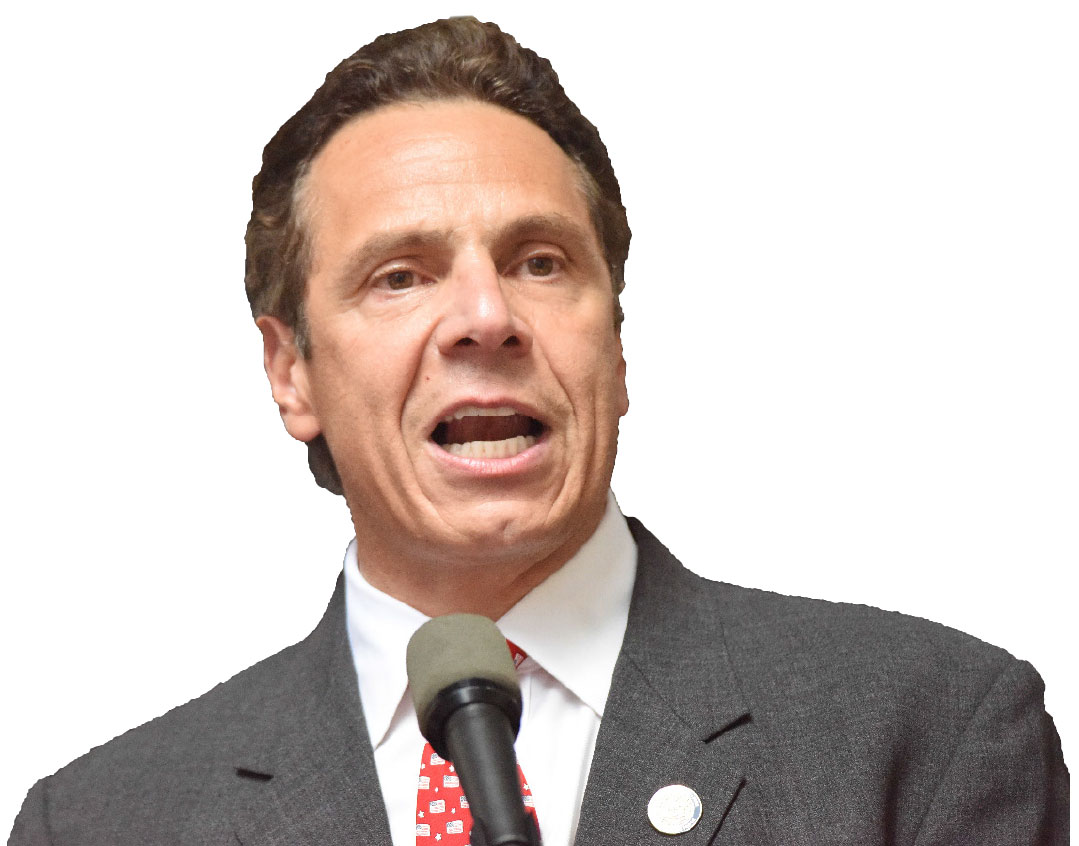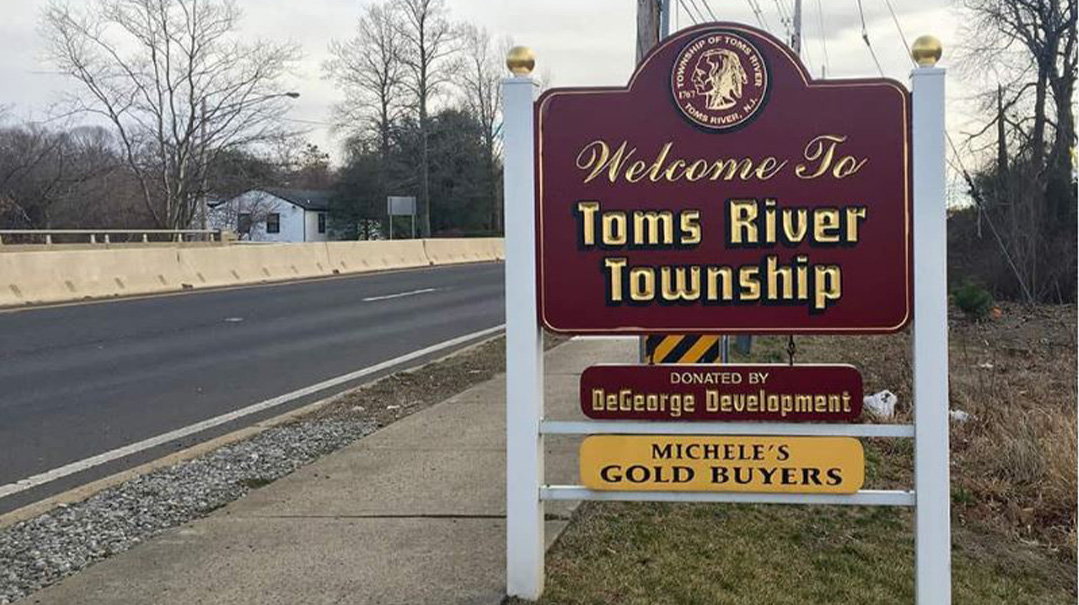Cuomo’s Progressive Paradox

What lies behind Cuomo’s posturing? It is fairly obvious to those who have been following his moves these past few years

I
f birds of a feather flock together, why aren’t Governor Andrew Cuomo and his progressive allies in the legislature a cohesive cluster?
Aside from a few months back in 1964 and another few in 2009, New York’s state senate has been in Republican hands ever since the days before World War II. Even as the state turned increasingly Democrat, the state senate remained the GOP’s last bastion of power, pushing back on the tax-and-spend tendencies of the governor and the lower house of the legislature, the New York State Assembly.
The stars were perfectly aligned for the Democrats in last year’s election, however, and they finally seized an overwhelming majority in the senate. Along with Cuomo, the two chambers went on a lawmaking spree earlier this year. In a capitol known for lengthy debates and lethargic legislating, it seemed as if every other day produced another progressive bill presented to the governor to be signed into law.
Cuomo and his new friends passed laws with the intention of making New York the vanguard of liberalism. It seemed that Cuomo’s notorious 2014 statement that conservatives “have no place in the state of New York” had finally come to fruition.
But infighting quickly set in.
Amazon pulled out of its plans to build national headquarters in Queens, and Cuomo blamed state senate Democrats. More recently, he derided the senate’s push for a single-payer health care system — under which doctors and medical costs would be “free,” paid for by a massive tax hike — as prohibitively expensive and unrealistic. He has said that the senate has not done much but obstruct “progressive legislation.”
(The notion that Democratic senators are obstructing “progressive” laws is risible. The caucus is so far left that at least one member believes home ownership is an evil capitalist concept.)
In the latest broadside, Cuomo announced Tuesday last week that he would be running for a fourth term in 2022, essentially daring the party’s progressive wing to primary him or try to stop him.
What lies behind Cuomo’s posturing? It is fairly obvious to those who have been following his moves these past few years.
Cuomo entered office in 2010 as a fiscally responsible Democrat with liberal propensities. He quickly pushed through one law redefining marriage to suit the liberal trends, and another sharply limiting the sale and use of guns. At the same time, he instituted a rule making it harder for local municipalities to raise taxes.
In short, he was seen as good for business. But then something happened ahead of the 2018 election: He smelled a progressive wind wafting across the state. He appropriated the progressive mantle for himself, passing a $15-an-hour minimum wage and mandated paid family leave.
New York lost more residents than any other state that year — and 41% of those were wealthy, earning above $150,000 a year. But Cuomo got reelected, fending off a progressive challenger.
Cuomo had a response ready for why he won so easily — “I am progressive, and I delivered progressive results,” he said. Progressives were rankled by the insinuation that they are whiney do-nothings who don’t have solutions for working people.
There is informed speculation that, his announcement last week notwithstanding, Cuomo has his eyes on higher office. He vowed to serve his full term “unless G-d strikes me dead,” but he could be drafted as a vice presidential candidate, right? Or as a cabinet secretary. And other politicians have broken their “read my lips” promises as well.
This, in a nutshell, is the Cuomo that New York will be sharing with the country, likely sooner rather than later.
(Originally featured in Mishpacha, Issue 763)
Oops! We could not locate your form.













